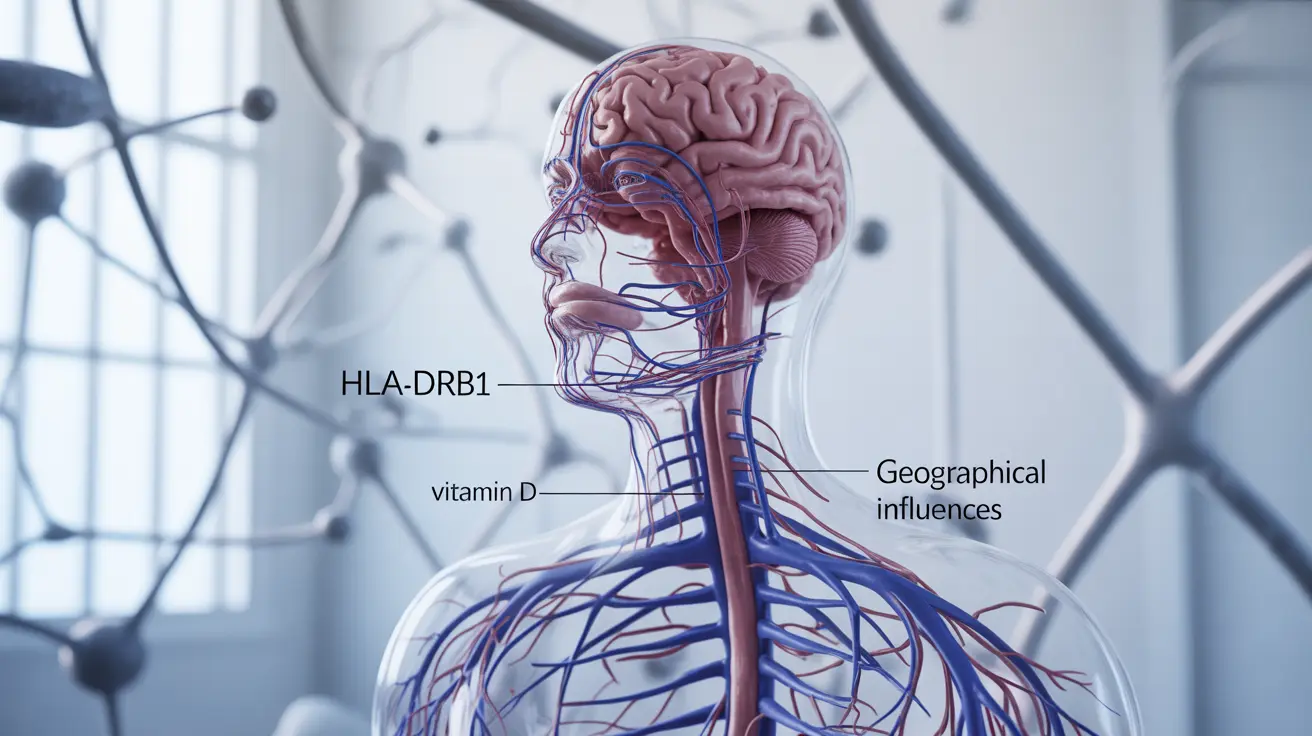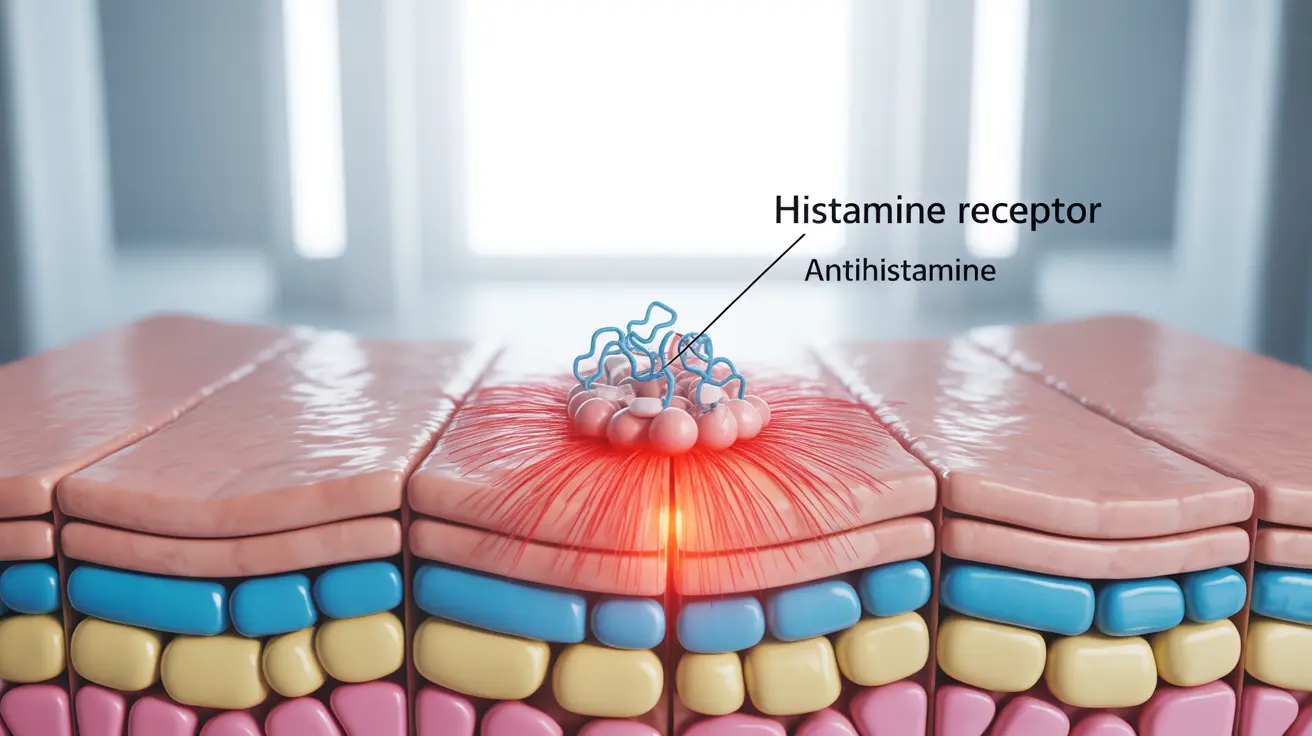Raynaud's syndrome symptoms can be both alarming and uncomfortable for those who experience them. This vascular condition affects millions of people worldwide, causing dramatic changes in blood flow to the fingers and toes when exposed to cold temperatures or stress. Understanding these symptoms is crucial for proper identification, management, and seeking appropriate medical care when necessary.
While Raynaud's syndrome may seem like a minor inconvenience, recognizing its symptoms early can help prevent complications and improve quality of life. The condition manifests through distinct physical changes that follow a predictable pattern, making it relatively straightforward to identify once you know what to look for.
What Is Raynaud's Syndrome and How Does It Affect Your Body?
Raynaud's syndrome is a vascular disorder that causes blood vessels in the fingers and toes to narrow excessively in response to cold temperatures or emotional stress. This narrowing, called vasospasm, temporarily reduces blood flow to the affected areas, leading to characteristic color changes and sensations.
The condition occurs when the small arteries that supply blood to the skin constrict more than normal, limiting circulation to the extremities. This exaggerated response can happen in healthy individuals but tends to be more severe and frequent in people with Raynaud's syndrome.
Primary Symptoms of Raynaud's Syndrome
The hallmark symptoms of Raynaud's syndrome typically occur in a distinctive three-phase color sequence, though not everyone experiences all phases during each episode.
The Three-Phase Color Change
During a Raynaud's attack, affected fingers or toes usually progress through three distinct color changes. Initially, the skin turns white or pale due to severely restricted blood flow. This pallor occurs as blood vessels constrict dramatically, cutting off normal circulation to the area.
The second phase involves a blue or purple discoloration, known as cyanosis. This happens as oxygen levels in the remaining blood decrease, creating the characteristic bluish tint. Finally, as blood flow returns and the vessels begin to dilate, the skin becomes red or flushed, often accompanied by throbbing or tingling sensations.
Physical Sensations and Discomfort
Beyond the visible color changes, people with Raynaud's syndrome often experience various uncomfortable sensations. Numbness and reduced sensitivity in the affected digits are common, making it difficult to perform fine motor tasks like buttoning clothes or typing.
A pins-and-needles sensation frequently occurs, particularly during the recovery phase when blood flow returns. Some individuals describe feeling as though their fingers or toes have "fallen asleep." The affected areas may also feel cold to the touch, even after the visual symptoms have resolved.
Types and Severity Variations
Raynaud's syndrome exists in two main forms, each presenting with different symptom patterns and severity levels. Primary Raynaud's, also called Raynaud's disease, occurs independently without an underlying medical condition. These episodes are typically milder and affect both hands symmetrically.
Secondary Raynaud's, or Raynaud's phenomenon, develops as a complication of another health condition such as autoimmune disorders, connective tissue diseases, or certain medications. Secondary forms often produce more severe symptoms and may affect fingers asymmetrically or involve additional body parts.
Triggers and Episode Duration
Understanding what triggers Raynaud's syndrome symptoms helps in both prevention and management. Cold exposure remains the most common trigger, whether from weather, air conditioning, or handling cold objects. Even brief exposure to cold surfaces or liquids can initiate an episode.
Emotional stress and anxiety can also precipitate symptoms, as stress hormones affect blood vessel constriction. Other potential triggers include vibrating tools, certain medications, smoking, and caffeine consumption. Episodes typically last 15 to 20 minutes but can extend longer in severe cases or with continued exposure to triggers.
Potential Complications and Warning Signs
While most Raynaud's episodes resolve without lasting effects, severe or frequent attacks can lead to complications. Prolonged reduced blood flow may result in skin sores or ulcers on the fingertips or toes, which can be slow to heal and potentially become infected.
In rare, severe cases, tissue death (gangrene) may occur, particularly in secondary Raynaud's syndrome. Warning signs that require immediate medical attention include persistent sores, changes in skin texture, or black areas on the fingers or toes indicating tissue damage.
When to Seek Medical Attention
Most people with mild Raynaud's syndrome can manage their symptoms through lifestyle modifications and self-care measures. However, certain situations warrant professional medical evaluation and treatment.
Consult a healthcare provider if episodes become more frequent or severe, last longer than usual, or begin affecting daily activities. Additionally, seek medical attention if sores develop on fingers or toes, if symptoms occur on only one side of the body, or if you experience Raynaud's symptoms for the first time after age 30, as this may indicate secondary Raynaud's syndrome.
Frequently Asked Questions
What are the most common symptoms of Raynaud's syndrome?
The most common symptoms include a three-phase color change in fingers and toes (white, blue, then red), numbness, tingling sensations, and cold feeling in the affected areas. These symptoms typically occur in response to cold exposure or stress and usually resolve within 15-20 minutes once the trigger is removed.
What triggers a Raynaud's syndrome attack and how long do episodes last?
Cold temperatures are the primary trigger, including cold weather, air conditioning, or touching cold objects. Emotional stress, vibrating tools, certain medications, smoking, and caffeine can also trigger episodes. Most attacks last 15-20 minutes, though they may persist longer with continued exposure to triggers or in more severe cases.
What is the difference between primary and secondary Raynaud's syndrome?
Primary Raynaud's (Raynaud's disease) occurs independently without an underlying condition and typically causes milder, symmetrical symptoms in both hands. Secondary Raynaud's (Raynaud's phenomenon) develops due to another medical condition like autoimmune disorders and often produces more severe, asymmetrical symptoms that may affect additional body parts.
Can Raynaud's syndrome cause sores or other complications in the fingers and toes?
Yes, severe or frequent episodes can lead to complications including skin sores, ulcers on fingertips or toes, and in rare cases, tissue death (gangrene). These complications are more common in secondary Raynaud's syndrome and require prompt medical attention to prevent infection and promote healing.
What are the best ways to manage and treat Raynaud's syndrome symptoms?
Management focuses on avoiding triggers, keeping extremities warm with gloves and warm socks, managing stress through relaxation techniques, avoiding smoking and excessive caffeine, and using gentle warming methods during episodes. Severe cases may require prescription medications like calcium channel blockers or other vasodilators to improve blood flow.




